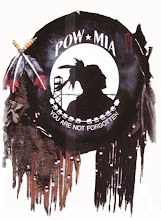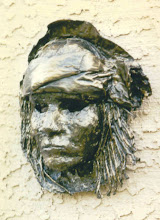
The Dawning of the War Shaman
In fierce defense of Apache land, Geonimo held off soldiers from Mexico and the United States at the same time, earning him Teddy Roosevelt's praise and admiration.
The Rough Rider was quoted as saying, "Geronimo is a great patriot warrior."


 Black Kettle $2,500.00 plus s & h
Black Kettle $2,500.00 plus s & h





